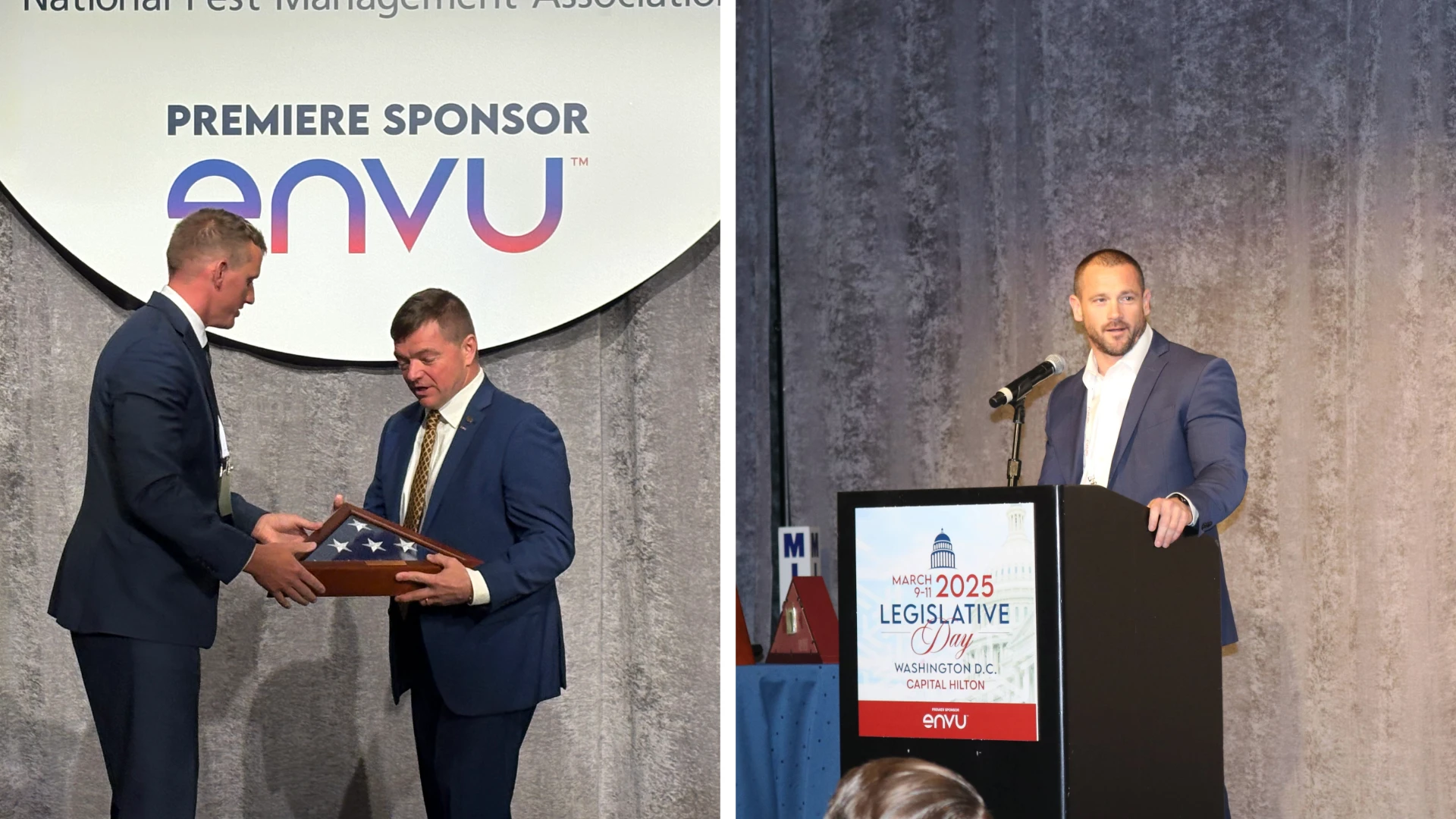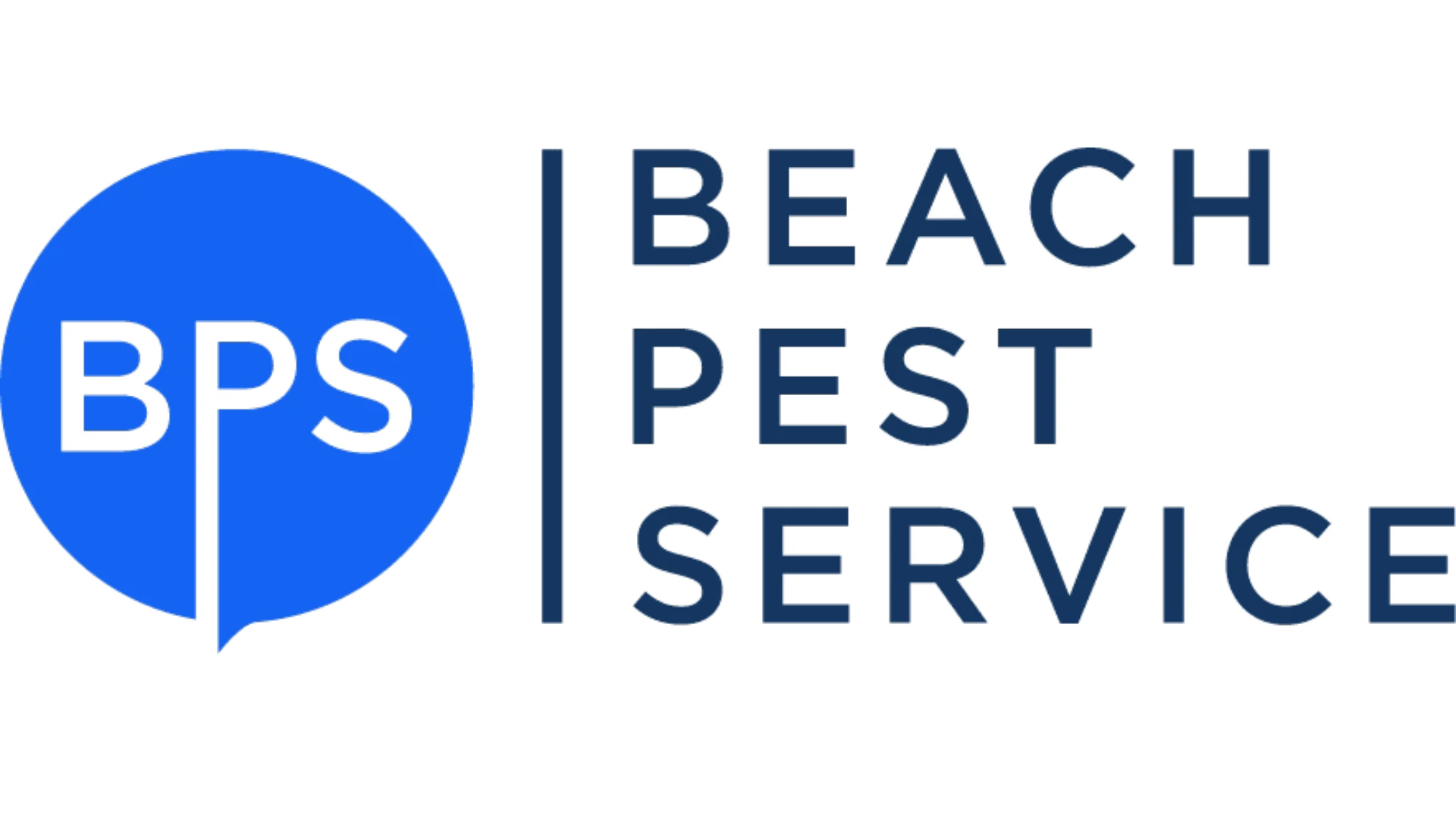Before you write this article off — it has nothing to do with regulatory requirements. This is a discussion of how records can enable us to predict the future, prevent pest problems before they begin and generate repeat business.
Every year there are specific accounts that each of us know will experience a massive invasion of ladybugs, boxelder bugs, cluster flies, clover mites and a host of other seasonal invaders. If nothing is done to stop them before they get in, they will be a chronic problem, appearing in the customer’s home throughout the winter and frequently en masse in the spring.
Preventive measures are the most effective means of dealing with these pests, because once they are in it’s too late. Exclusion is one of the most effective non-chemical measures for preventing pest entry. While this should be done to the maximum extent possible, it is far from perfect and despite our best efforts these fall invaders invariably find their way into the structure.
Pesticide applications are probably the most effective means of preventing these pests from entering the structure. However, timing of the treatment is critical — too early and there may not be sufficient residual to affect control, too late and they will have already gained entry. Thus, seasonal invaders offer a perfect opportunity to generate repeat business. But this business will only be retained if the treatments are successful. Timing of this type of service is critical. There are several ways to predict seasonal invasions.
GUT CHECK. Just as the name implies, this is a guess based on what typically happens. This type of prediction can make you a hero or turn you into a bum. There is no basis for making this type of decision and more often than not treatments will fail.
HISTORICAL RECORDS. These are the most reliable sources of information for our industry to use in predicting seasonal invaders. To some degree this can be accomplished retrospectively, by pulling previous service records and determining what time of year most of the calls are received for this type of pest management service. However, most records will not provide critical information, such as temperature, moisture and day length, which may be the driving factors influencing this invasive behavior.
At this point, it is only assumed that one or more of these factors influence this activity pattern. To the best of my knowledge, no research has been done to determine the factors or assist in predicting the movement of these structural invading pests. Data, such as temperature, rainfall, day length, location, etc., should be collected in the fall and correlated with service calls for different pests. This data should be recorded for several years before meaningful predictions can be made.
DEGREE DAYS. The turf and ornamental (T&O) industry is already doing this for some of the pests it commonly encounters. In most cases it is much easier for T&O professionals to do because they can calculate degree days and use this information to predict pest problems. Because these structural invaders are basically turf and ornamental pests seeking overwintering harborage, the principal of degree days should work. The following is an example of how degree days are calculated:
Degree days can be used to predict pest activity based on daily maximum and minimum temperatures. If data for specific pests is not available, a year of close observation and data collection will be needed to calculate the degree days for a specific pest.
• Choose a start date, for example, Sept. 1.
• Choose a threshold temperature, e.g., 50oF.
• Measure daily minimum and maximum temperatures.
• Calculate the average temperature for each day, e.g., Sept. 1: min. = 45oF, max. = 65oF, average = (45o + 65o)/2 = 55oF; and Sept. 2 and 3: min. = 40oF, max. = 50oF, average = (40o + 50o)/2 = 45oF.
• Calculate the degree days above threshold for each day, e.g., Sept. 1 = 55oF – 50oF = 5 degree days and Sept. 2 and 3 = 45o – 50oF = -5 degree days.
• Observe critical events in the pest’s biology, e.g., movement to structures, appearance inside, etc.
• Add up the degree days that occur each day and correlate these with pest activity. For example, suppose cluster flies are observed clustering on south and west walls for the first time on Sept. 3 and there were 5 degree days on Sept. 1, -5 on Sept. 2 and -5 on Sept. 3. These numbers would be added; indicating that cluster flies begin seeking overwintering sites requires -5 degree days. In contrast to T&O degree days, negative numbers should be used to calculate degree days because pest activity will diminish and they will seek harborage as temperatures begin to consistently drop below 50oF.
This strategy could prove useful in our industry for predicting fall invasions of lady bugs, cluster flies, boxelder bugs and other recurrent invaders. Using degree days and/or weather data to anticipate these fall invasions allows preventive treatments to be made at an appropriate time, increasing the likelihood of a successful treatment and a satisfied customer.
The author is technical director of American Pest Management, Takoma Park, Md. He can be reached at 301/891-2600 or rkramer@pctonline.com.

Explore the July 2002 Issue
Check out more from this issue and find your next story to read.
Latest from Pest Control Technology
- Understanding Rodents and Bird Flu
- Green Pest Solutions Awards Safest Driver New 2025 Ford F150
- UF/IFAS Sheds Light on Tiny Invaders During Termite Awareness Week
- Registration Open for Lawn & Landscape Technology Conference
- Fleetio Launches Automotive Service Excellence Scholarship
- WorkWave Appoints John Phelan as CTO
- PMPs Use Capitol Hill Visits to Push for Preemption
- 20 Trapping Tips





